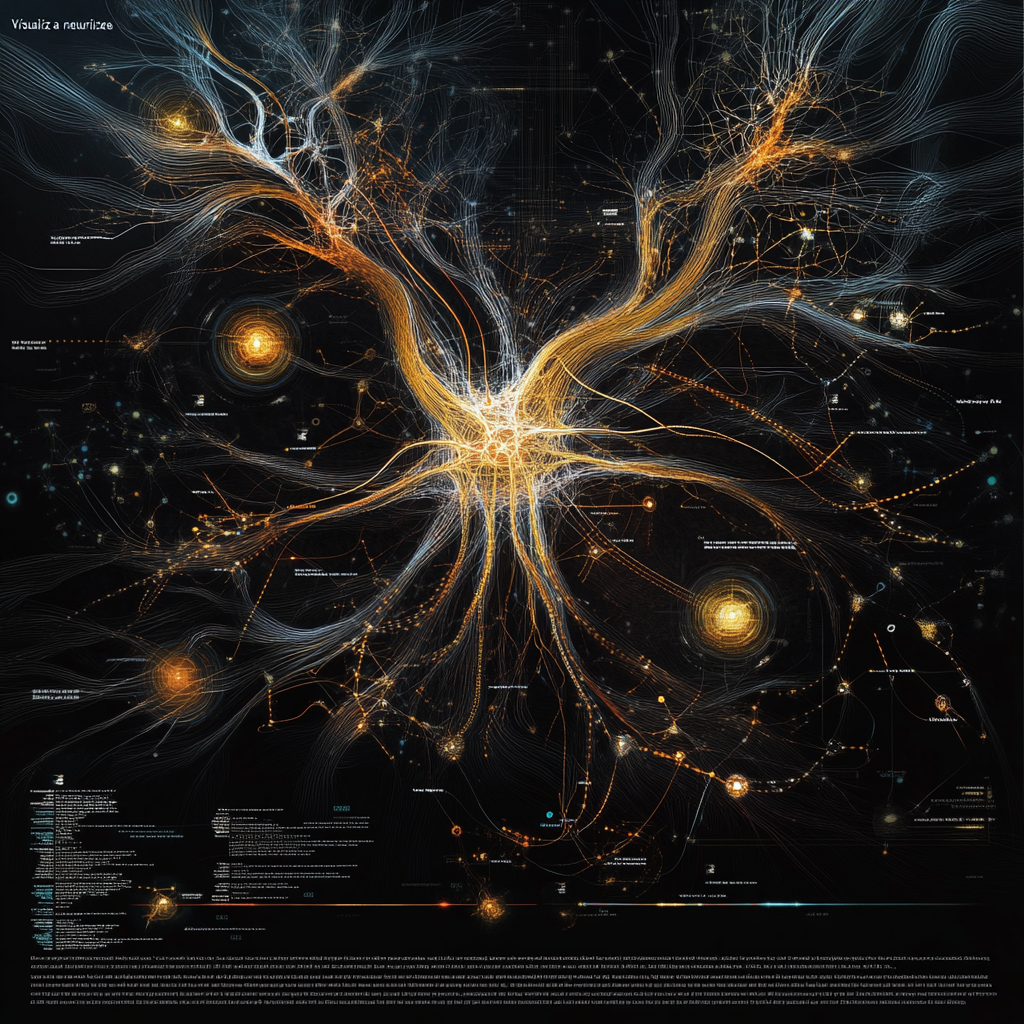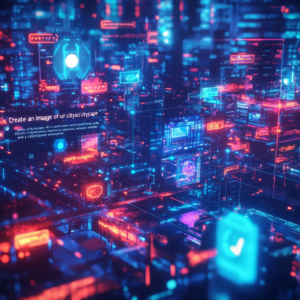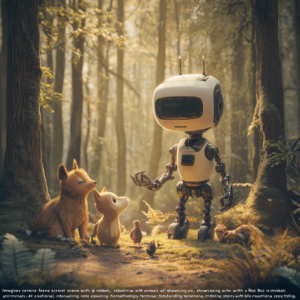
“JWST Observes Planet-Birthing Dust Clouds Racing Through Cosmos”
Navigating the Wonders of Neural Networks
To make sense of neural networks, you must remember two essential points:
a) understand the principles behind them, and
b) recognize their potential applications.
At first glance, neural networks may appear to be the result of some fantastical science fiction narrative, but let's be real—they're very much real and already revolutionizing our world. However, the majority of folks are still scratching their heads when it comes to grasping them fully, and that's a big part of the problem we face today.
First off, let’s banish the simplistic idea that these networks are akin to the human brain. Sure, they are inspired by its structure and function, but they are not mind readers or psychic beings. Neural networks are mathematical models that mimic the way we think we process information. The true magic lies in their ability to learn from data, and that opens up a trove of possibilities.
Now, starting with the fundamentals. Picture a neural network like a multi-layered cake. You have an input layer, hidden layers, and the output layer. The input layer is where the network first encounters data—like ingredients hitting a bowl. Each of these inputs is connected to the hidden layers, where the real work happens. It's in these layers that the neural network begins its "thinking," adjusting the weights and biases with each cycle in what is called a forward pass.
Here's where it gets interesting: neurons in the hidden layers sum the inputs they receive, apply an activation function (hey there, ReLU!), and pass the result onto the next layer. It's like a game of telephone where each player adds their unique twist to the message. But here’s the catch: if the outcome isn’t satisfactory, it’s time for some backpedaling. Enter backpropagation, where the network learns from its mistakes, like a chef adjusting the seasoning in a dish until it’s just right. It’s a process of fine-tuning, and that’s what separates the culinary pros from the rookies—sorry, not everyone can whip up a gourmet masterpiece from day one!
The capabilities of neural networks are expanding day by day. From facial recognition software unlocking your phone (hello, privacy concerns) to powering chatbots that you may mistakenly think are chatting with a human, they are infiltrating all aspects of our lives. They’re the silent workhorses behind the scenes, smoothing out the wrinkles in data analysis, recommending the next show you should binge-watch, or detecting fraudulent activity in financial transactions. Their versatility is nothing short of astounding—like that friend who can play any instrument and whip up a fantastic meal without breaking a sweat!
However, let’s not gloss over the gray shadows looming over technology. Data privacy issues, ethical implications, and biases hidden within training sets are, at best, unsettling and, at worst, dangerous. If we blindly trust these networks to make decisions without scrutinizing the data they were trained on, we’re sailing into murky waters, my friends. It’s like handing the chef loose reins in the kitchen without knowing their secrets—there may be some unexpected flavors in your stew.
In the grand scheme of tech advancement, we need to embrace the conversation about how to wield these tools responsibly. While neural networks promise innovation and efficiency, we mustn’t forget our moral compass; these are not just software programs but entities that can affect real people’s lives. Every time a neural network is trained, it casts a change ripple through society—good, relevant information can turn sinister if not kept in check.
But on the flip side, there’s a dazzling prospect in using neural networks for creative pursuits, too! Ever heard of generative networks? They’re the artists of the digital world, churning out physical artworks, music, and even literature that can resonate with the human experience. You can think of them as your quirky, avant-garde buddy who encourages you to step out of your comfort zone—sometimes you might cringe, but other times, you might just be blown away. They’re pushing boundaries, challenging the status quo, sparking inspiration in the most unexpected of ways.
So, how do we smartly navigate this landscape? The answer is clear: education is the best course of action. Let’s equip ourselves with the knowledge to understand these neural networks—after all, knowledge is one hell of a power source! Reading, online courses, and, of course, engaging discussions can bolster our grasp on how this magnificent technology works. It’s like reading the recipe before attempting to create that layered cake, so you don’t end up with a soggy one.
To conclude, neural networks represent both a curiosity and a challenge in our increasingly automated world. They hold the key to advancements that could improve our lives dramatically, but it’s our responsibility to wield them wisely. Let’s be proactive and educated participants in this unfolding technological saga. Together, we can ensure that we harvest the rewards of neural networks without sowing seeds of peril.
Want to stay up to date with the latest news on neural networks and automation? Subscribe to our Telegram channel: @channel_neirotoken

